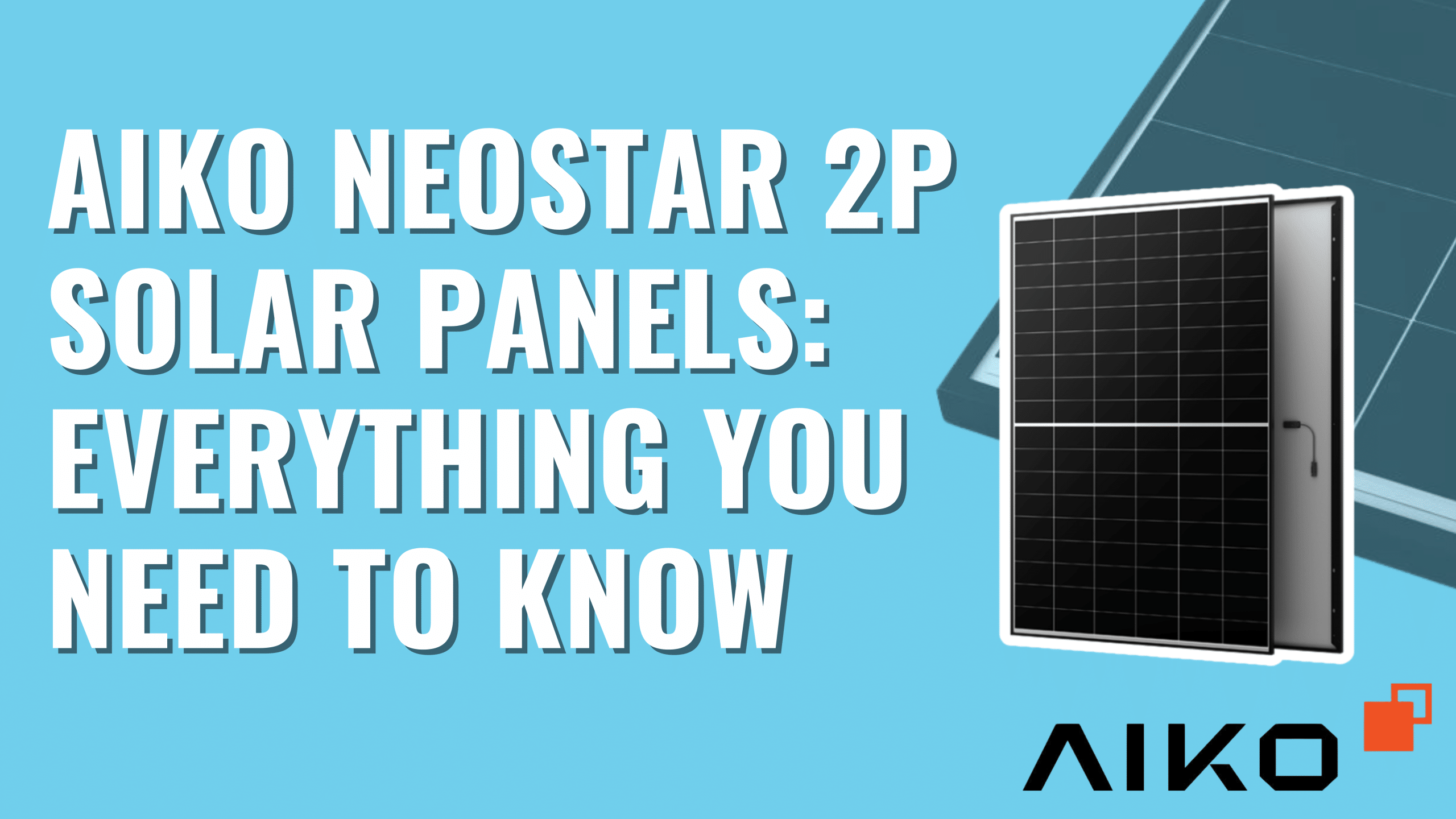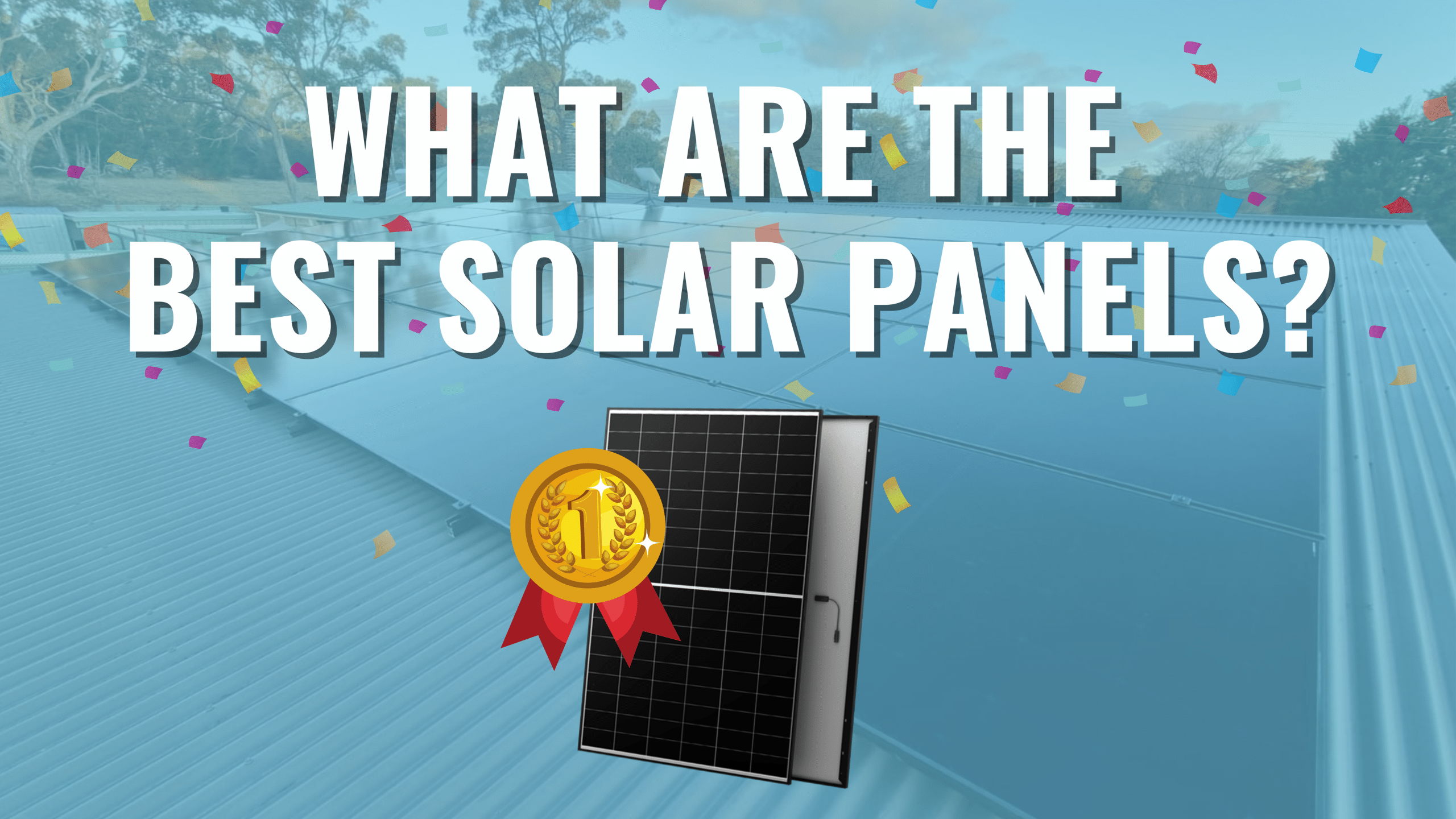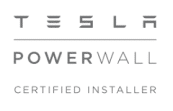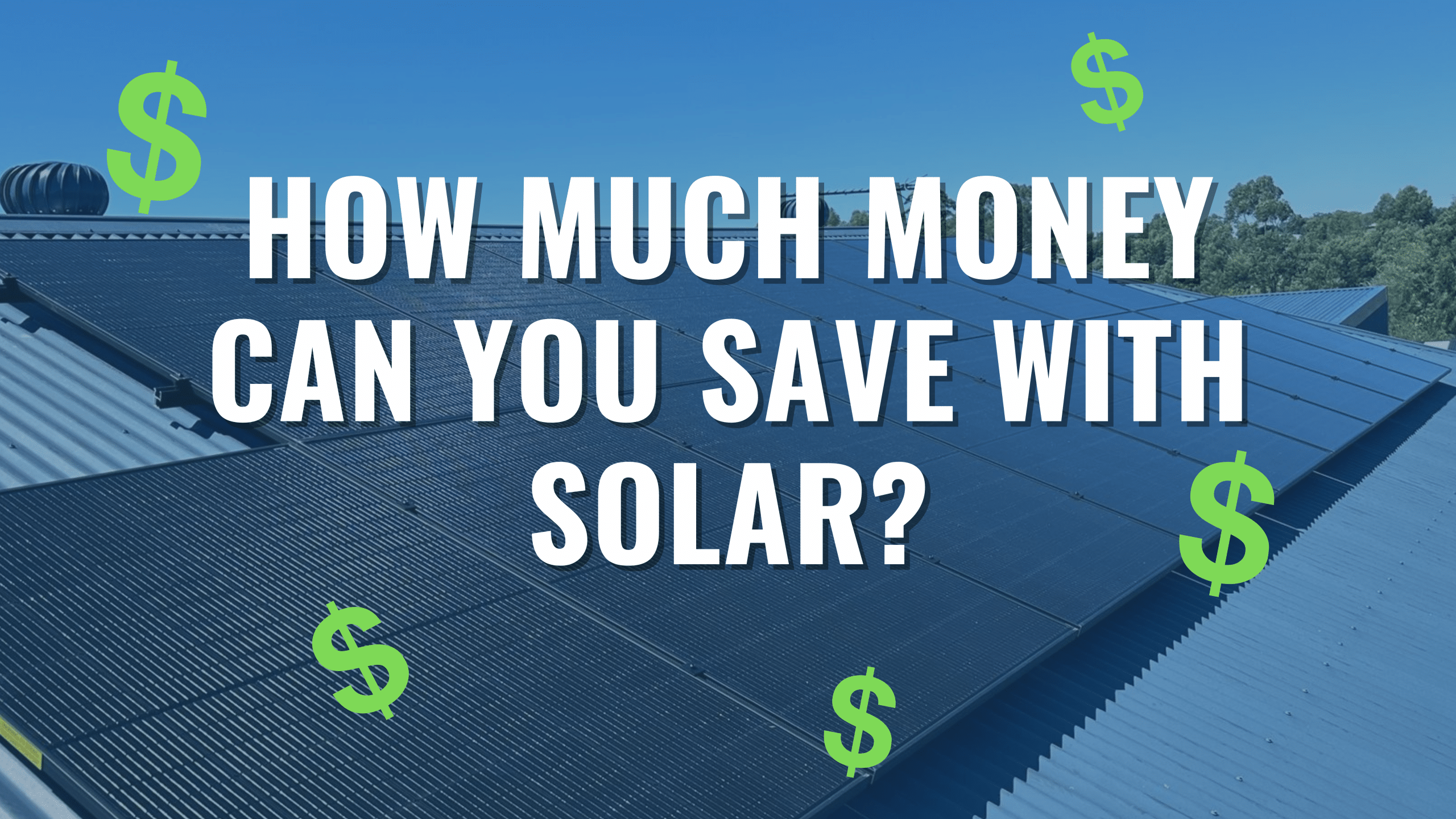
Written by Harleigh Dickinson
June 27, 2024
How Much Money Can You Save With Solar Panels?
Do you dread seeing your monthly energy bill? With costs steadily rising, you might be wondering if there’s a more affordable and sustainable way to power your home. You’re not alone—many homeowners are facing the same challenge, and in 2024, the answer is clearer than ever: solar energy.
With our extensive experience in the renewable energy industry, we’ve seen how solar panels can dramatically cut energy costs while helping the environment. But just how much can you save by going solar?
In this article, you’ll learn about the potential savings solar power offers, supported by the latest data and incentives. We’ll walk you through the financial advantages, explain the impact of government rebates, and show how solar can revolutionise your energy expenses. It’s time to take control of your energy bills and make an informed decision about switching to solar power for your home.
Find Your Energy Bill Usage
To truly understand the savings you can achieve through solar energy, you first need to get a clear picture of your current electricity costs. Most households typically face electricity bills between $800 and $1000 per quarter. While this amount can vary depending on your location, usage patterns, and the tariff you’re on, it gives us a solid baseline for calculating potential solar savings.
To figure out your average energy consumption, simply check your electricity bill, where your usage in kilowatt-hours (kWh) is usually listed on the first or second page. It’s crucial to match your solar system’s size with this usage, as it ensures you get the best return on your investment and a shorter payback period. More on how to calculate your solar system size here
Speaking of payback periods, this refers to how long it takes for the savings from your solar panels to cover the upfront costs. In 2024, the typical cost to install a solar system for an average home in Australia ranges between AUD $5,000 and AUD $10,000.
Real Life Savings From Solar
One of our customers, who was regularly hit with electricity bills nearing $1,000 each quarter, made the smart decision to invest in solar power to reduce their energy costs. Based on their energy usage, we recommended and installed a 13.2kW solar system, which cost $11,765 upfront.
The results have been nothing short of impressive. Thanks to their new solar system, their annual electricity bill, which once totalled $3,555.99, has been cut by a staggering 95%. This translates to an annual saving of $3,386.21.
$3,555.99 – $3,386.21 = New Annual Bill $169.78
It’s also worth noting that electricity bills can vary throughout the year. In fact, during February, their account was in credit due to the excess energy generated by their solar system. This showcases not just the efficiency of the system but also its ability to deliver substantial yearly savings, reinforcing the long-term value of the investment.
Looking at the bigger picture, the financial benefits of going solar are obvious. With such a dramatic drop in energy costs, the payback period for their system is estimated at 3 to 4 years. After that, the system will continue to deliver savings, providing an impressive return on investment (ROI) of around 719%.
Moreover, with most solar panels coming with warranties of 25 years or more, this means that after the payback period, they can expect 18 to 19 years of drastically reduced energy costs. And, as electricity prices are expected to keep rising, these long-term savings are likely to grow even further.
How To Get The Most From Your Solar System
To get the most bang for your buck with your solar panels, try using more energy during the day when they’re producing power. But we get that might not be an option for everyone because, well, life happens. This is where adding solar batteries can help, storing that energy for later use.
But what about the Sun Tax? During the daytime, your solar panels often generate more electricity than your household consumes. Without a battery, this surplus energy gets sent back to the grid, and you could now see a small fee applied to this, referred to as the Sun Tax. With battery storage you dodge this small fee as the excess energy is stored for later use. This means you can draw on this stored energy during the evening or on cloudy days, reducing your reliance on grid electricity and further lowering your energy bills.
Do Solar Batteries Save You More?
While installing solar panels delivers substantial savings, adding a solar battery can take those benefits even further. Solar batteries store the surplus energy generated by your panels during the day, allowing you to make the most of your solar power even after the sun goes down.
Opting into a Virtual Power Plant (VPP) can also shorten your payback period. When your battery is connected to a VPP, the excess energy you store can be fed back into the grid during peak demand. This not only helps stabilise the electricity grid but also allows you to earn extra income through available incentives. In simple terms, a VPP pools energy storage from multiple homes to improve grid stability and lower energy costs for participants.
And here’s the best part, the new solar battery rebate launching in November 2024 will further reduce upfront costs, making it even more affordable to upgrade your system with a battery.
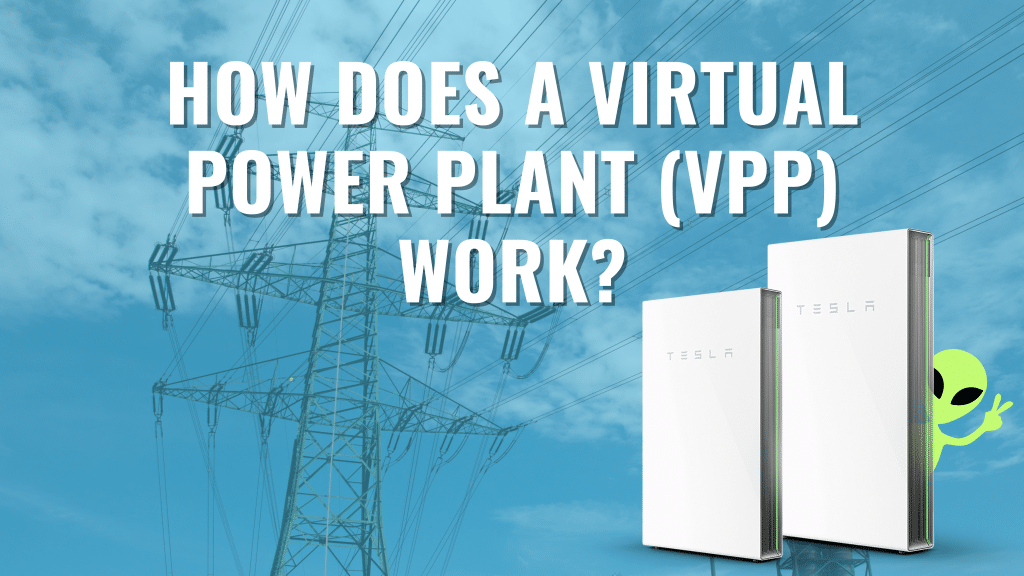
Brighte Finance: Green Loans for Solar Panels
One of the biggest concerns for homeowners considering solar power is the upfront cost. While the long-term savings are impressive, the initial investment can feel overwhelming. Luckily, financial solutions like the Brighte Finance Green Loan are designed to make solar more affordable by breaking the cost into manageable instalments.
Brighte Finance offers green loans specifically for renewable energy projects, including solar panel and battery installations. This means you can spread the cost of your solar system over small, fortnightly payments, making it easier to manage.
Here’s how it works: Instead of paying AUD $6,500 upfront for your solar system, you can choose a Brighte Green Loan and spread the cost over 2 to 10 years. For example, you could make fortnightly payments of around $45. This lightens the financial load and aligns with your regular expenses.
By using a Green Loan to install a solar system, you can replace your high electricity bills with solar repayments, essentially using the savings generated by your panels to cover the cost of the system. In fact, the combination of your loan repayments and new electricity costs is often lower than what you’re currently paying for electricity. So by not making the switch, you could actually end up paying more in the long run. Let’s break it down with a real-life example:
If you’re spending around $4,000 a year on electricity, a 10.52kW solar system could reduce your bill by 60%, saving you roughly $2,400 annually.
Add your remaining electricity costs to your $45 per fortnight Green Loan repayments, and you’re still spending far less than your current bill. Without dipping into your savings, you could be over $900 better off each year!
By the time your Green Loan is paid off, your solar system would have paid for itself, leaving you with substantial savings for years to come.
Wait Longer, Save Less.
If you don’t take action soon, you’ll likely face the ongoing rise and unpredictability of electricity bills. With energy prices expected to continue increasing, delaying your switch to solar could lead to higher expenses and greater financial uncertainty. By making the move to solar now, you can stabilise your energy costs, gain more control over your finances, and shield yourself from the fluctuations of the energy market.
It’s also worth considering the Small-scale Technology Certificates (STCs) rebate, which offers valuable financial incentives for installing solar panels. However, this rebate is set to end in 2030 and will decrease each year until then. This means the longer you wait, the less financial support you’ll receive, making solar installations more costly down the road. Acting now not only maximises your savings on electricity bills but also ensures you benefit from the highest possible STC rebate, significantly lowering your upfront costs.


